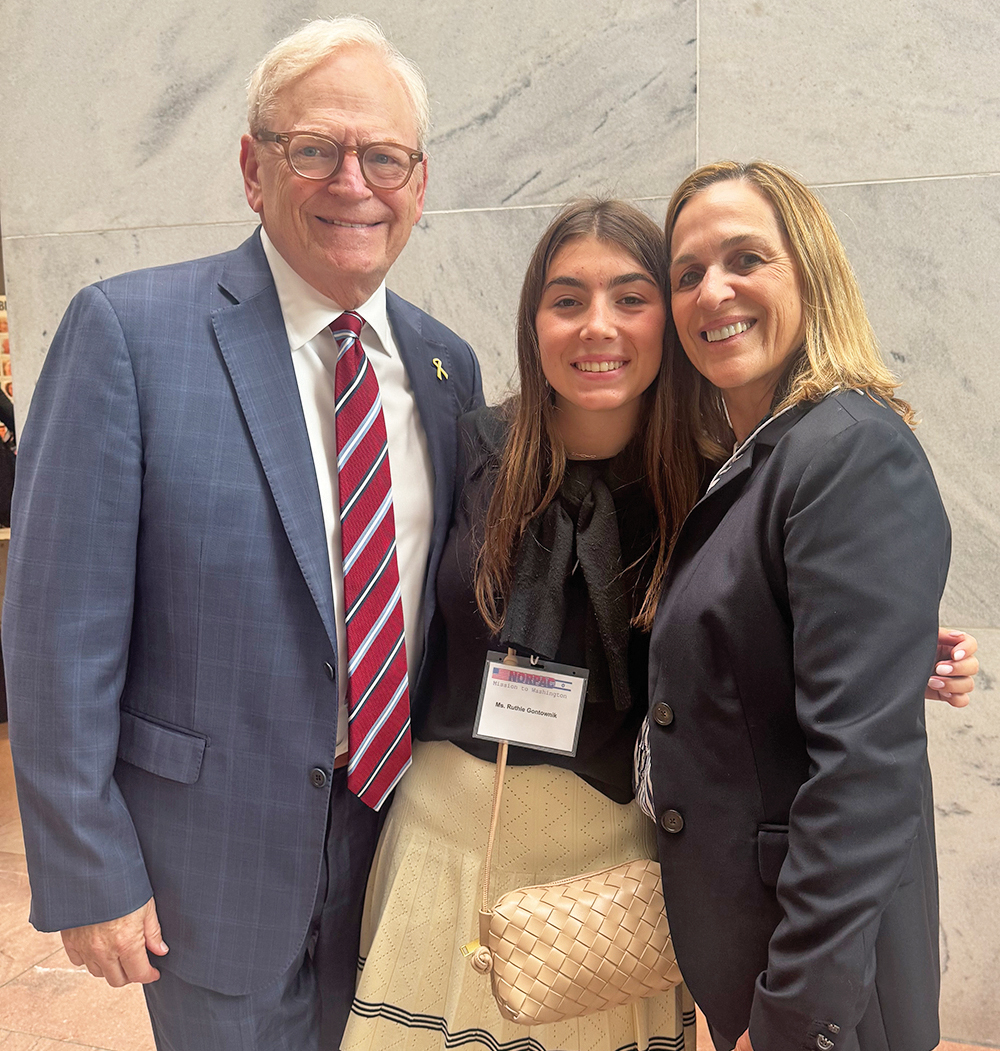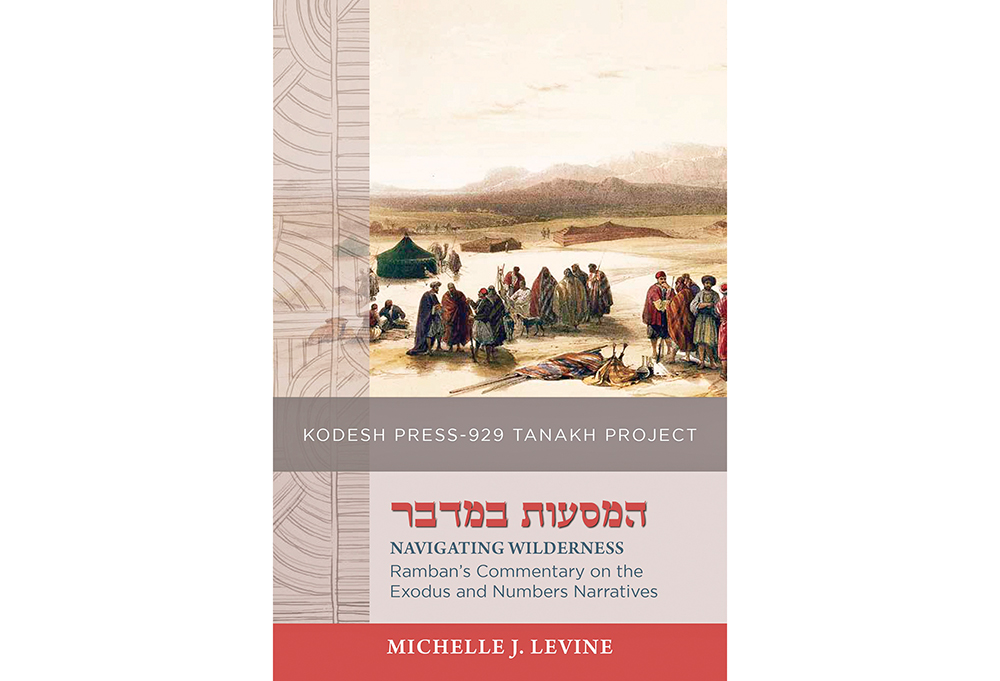
Since the time of the Rishonim, the location of the halachic dateline has been a topic of discussion among halachic authorities. The debate intensified in the mid-twentieth century and continues to rage unresolved until today[1].
An Intense Three-Way Debate
The following are the three major opinions: the Chazon Ish, who believes that the dateline lies 90 degrees east of Jerusalem; Rav Yechiel Michel Tukachinsky, who argues that it lies 180 degrees from Jerusalem; and Rav Tzvi Pesach Frank, who believes that Halacha accepts the international community’s designation of 180 degrees from Greenwich, England, as the dateline.
Opinions of Contemporary Ashkenazic Halachic Authorities
I heard Rav Hershel Schachter advise that one should make every effort to avoid spending Shabbat in countries that lie in the “safeik (uncertain) zone,” from the eastern Asian coast to the 180-degree line from Eretz Yisrael. These locations include Japan, Hawaii, American Samoa and New Zealand. However, this view does not seem to be practical for many people today, as business travel to these countries has become commonplace.
In fact, Rav Moshe Heinemann[2] does not advocate such a stance even as an ideal. Moreover, Rav David Pahmer, a talmid of Rav Schachter, presents[3] the Chazon Ish as constituting the majority view, whereas Rav Heinemann does not present the Chazon Ish as the dominant view.
The av beit din of Elizabeth, New Jersey, Rav Elazar Mayer Teitz, told me that he views the Chazon Ish as a da’at yachid (minority view), noting that all of the great Rabbanei Yerushalayim rejected the Chazon Ish’s opinion when they issued their response to the Mirrer talmidim in September 1941. Interestingly, Rav Herzog, the Ashkenazic chief rabbi at the time, instructed the talmidim to eat less than a shiur (the amount of food that would cause one to violate Yom Kippur) on the day on which Yom Kippur fell according to the opinion of the Chazon Ish, whereas the Chazon Ish told them to eat fully on the day on which Yom Kippur fell according to the Rabbanei Yerushalayim (cited in Encyclopedia Talmudit 22:680, footnote 55). It is difficult to arrive at a definitive resolution of these issues, as all of the opinions present compelling arguments.
Contemporary Ashkenazic poskim offer a variety of means to blend the opinions and arrive at a sort of compromise view between the various opinions: (1) Rav Chaim Kanievsky: Mei’ikar hadin (essentially) advises following the Chazon Ish, but recommends refraining from all melacha (work) when it is Shabbat according to Rav Tukachinsky. (2) Rav Mordechai Willig: Mei’ikar hadin, one should follow Rav Tukachinsky, but avoid all melacha when it is on Shabbat according to the Chazon Ish. (3) Rav Heinemann: Mei’ikar hadin, it is best to follow the majority opinion[4], but refrain from melacha d’oraita (Torah-level prohibited activity) according to the minority opinion[5].
A Sephardic Approach in the Absence of a Ruling From Rav Ovadia Yosef
I often wondered how Sephardim should approach this issue, since to my knowledge, Chacham Ovadia Yosef did not address this issue in any of his voluminous writings[6].
Rav Shmuel Khoshkerman of Atlanta told me that Sephardic Jews essentially follow the ruling of Rav Tzvi Pesach Frank[7]—to follow the practice of the local observant community[8]. According to Rav Khoshkerman, it is best to take the strict opinion of the Chazon Ish (in Japan or New Zealand) and Rav Tukachinsky (in Hawaii), but those who wish to completely adhere to Rav Frank have a legitimate source to rely[9] on. Rav Khoshkerman noted that he would issue this exact ruling to an Ashkenazic Jew as well.
In August 2017, when we had the privilege of hosting Rav Shlomo Amar at Congregation Shaarei Orah in Teaneck, New Jersey, I asked him how he rules regarding the international dateline. He responded that the approach of Rav Tzvi Pesach Frank has been accepted worldwide, thereby affirming the ruling of Rav Khoshkerman.
Conclusion
Ideally, one should avoid the question of Shabbat and the international dateline if possible. However, if necessary, Sephardic Jews may rely on the lenient opinion of Rav Tzvi Pesach that Halacha recognized the international dateline as the halachic dateline.
[1] For a full English-language discussion of this issue, see my essays on this topic archived at https://www.koltorah.org/halachah/lander-college-model-beit-din-2017-halacha-and-the-international-date-linetabcs-fourth-consecutive-victory-part-one-by-rabbi-chaim-jachter and https://www.koltorah.org/halachah/lander-college-model-beit-din-2017-halachah-and-the-international-date-linetabcs-fourth-consecutive-victory-part-two-by-rabbi-chaim-jachter.
[2] Rav Heinemann’s view is presented in an essay posted on the Star-K website: https://www.star-k.org/articles/kashrus-kurrents/493/a-travelers-guide-to-the-international-date line/.
[3] Rav David Pahmer, Journal of Halacha and Contemporary Society number XXI.
[4] This essentially accepts Rav Frank’s opinion as the determining factor. West of the international dateline, Rav Tukachinsky combines with Rav Frank to constitute the majority opinion. East of the international dateline, Rav Frank combines with the Chazon Ish to constitute the majority opinion.
[5] The Star-K kashrut certification agency posts a very helpful map that clearly delineates the areas of doubt, which may be accessed at https://www.star-k.org/articles/kashrus-kurrents/493/a-travelers-guide-to-the-international-date line/.
[6] It is reported that Chacham Ben Tzion Abba Shaul adopted a position similar to Rav Schachter that one should avoid Shabbat in any of the “safeik zones.” As noted, this does not appear to be a practical option for many in the current climate.
[7] As a young man, Chacham Ovadia Yosef spent a great deal of time with Rav Frank. He remarked that he learned how to render halachic decisions from Rav Frank.
[8] Rav Khoshkerman observes that a recurring theme in Chacham Ovadia’s writings is to follow the local minhag.
[9] This “big tent” approach of “hamachmir, tavo alav aracha, v’hameikil yeish lo al mah lismoch, blessed is the one who is strict, but the lenient have a legitimate source upon what to rely” is also a recurring theme in Chacham Ovadia’s writings.
By Rabbi Haim Jachter
Rabbi Haim Jachter is the spiritual leader of Congregation Shaarei Orah, the Sephardic Congregation of Teaneck. He also serves as a rebbe at Torah Academy of Bergen County and a dayan on the Beth Din of Elizabeth.













